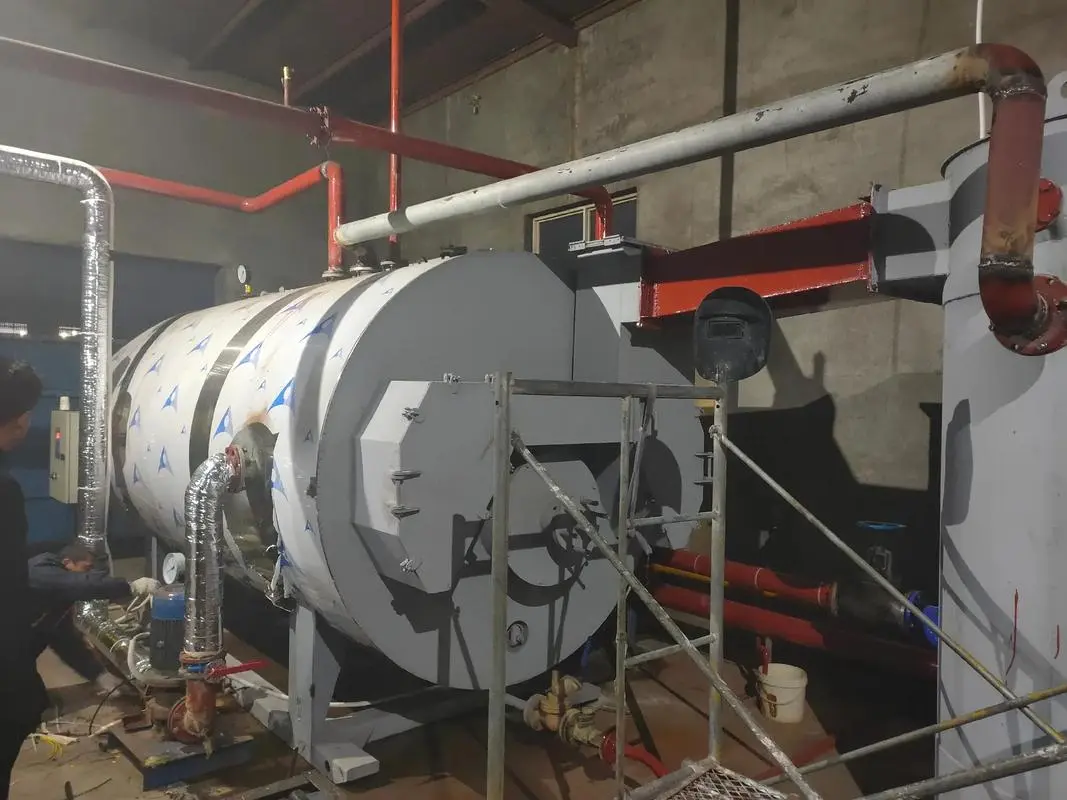
Dek . 22, 2024 13:44 Back to list
gas steam boiler installation
Installation of Gas and Steam Boilers A Comprehensive Guide
The installation of gas and steam boilers is a critical process that requires careful planning, skilled labor, and adherence to safety standards. Boilers play a vital role in various industries, providing steam for power generation, heating for buildings, and facilitating numerous industrial processes. In this article, we will explore the essential steps and considerations involved in the installation of gas and steam boilers.
Understanding Boiler Types
Before diving into installation, it’s important to understand the different types of boilers available. Gas boilers use natural gas as fuel, making them a cleaner and often more efficient choice compared to oil or coal-based systems. They are commonly used for residential heating and hot water supply. On the other hand, steam boilers generate steam through the heating of water, which is then used for various applications, including heating, sterilization, and mechanical power.
Pre-Installation Considerations
1. Site Assessment The first step in installing a gas or steam boiler is a thorough site assessment. This includes evaluating the available space, ensuring there is adequate ventilation, and checking for compliance with local building codes. Space should be sufficient to accommodate the boiler itself and provide access for maintenance and repair.
2. Load Calculation Accurate load calculations must be performed to determine the appropriate size and capacity of the boiler. This calculation considers factors such as the thermal loads of the building or process equipment, peak demand, and any future expansion plans.
3. Fuel Supply Ensuring a reliable and adequate fuel supply is crucial for gas boilers. Installers must assess the proximity to gas lines and the pressure requirements. For steam boilers, water quality is also crucial, so testing for impurities, pH levels, and hardness is necessary.
4. Regulatory Compliance Every installation must comply with local regulations, including safety standards and emissions requirements. This involves obtaining necessary permits and potentially passing inspections before and after installation.
gas steam boiler installation

Installation Process
1. Preparation Begin with preparing the installation area. This may involve decommissioning any existing systems, ensuring that electrical and plumbing connections are ready, and establishing a clean workspace.
2. Boiler Placement Once preparations are complete, the boiler can be placed. The positioning should allow for easy access to combustion air, fuel, and water supply, as well as coordination with exhaust systems. For steam boilers, ensure that the piping is laid out to facilitate steam distribution and condensate return.
3. Connection to Systems During installation, the boiler needs to be connected to various systems, including fuel, water, and drainage. Properly sealing all connections to prevent leaks is essential. The flue gas exhaust system must be installed according to local codes to ensure safe operation.
4. Electrical Connections For gas boilers, electrical connections for controls, safety devices, and ignition systems are necessary. Steam boilers also require connections for pumps and controls related to feedwater and level management.
5. Testing and Commissioning After installation, the system must be tested thoroughly. This includes checking for leaks, ensuring proper combustion, and verifying that safety controls and alarms function correctly. A boiler inspection may be required before the system goes live.
Maintenance and Safety
Post-installation, regular maintenance is crucial for ensuring the longevity and efficiency of gas and steam boilers. This includes routine inspections, cleaning, and prompt attention to any issues that arise. Operators should be trained to recognize warning signs and understand the emergency procedures.
In conclusion, the installation of gas and steam boilers involves numerous steps, from initial site assessments to ongoing maintenance. By following proper procedures and adhering to safety and regulatory guidelines, businesses can ensure the effective and safe operation of these crucial systems. Whether in industrial or residential settings, investing in quality installation can lead to improved energy efficiency and significant cost savings in the long run. As technology advances, staying informed about the latest innovations in boiler technology will also benefit users looking to enhance their systems' performance.
-
Best Steam Boiler Design PDF Free Design Calculation & Diagram Downloads
NewsJun.10,2025
-
Hot Boiler Water Heater Efficient Heating Solutions for Home & Commercial Use
NewsJun.10,2025
-
Steam Boiler Safety Devices High-Quality Protection Valves
NewsJun.10,2025
-
Ultimate Steam Boiler Checklist for Safety & Efficiency
NewsJun.10,2025
-
Optimal Hot Water Boiler Temperature Setting Guide
NewsJun.10,2025
-
Effective Hot Water Boiler Chemical Treatment Protect & Maintain
NewsJun.09,2025
Related PRODUCTS






















